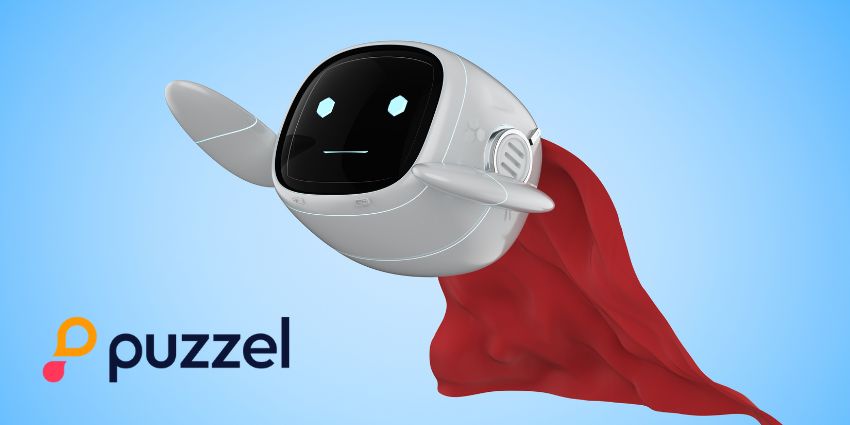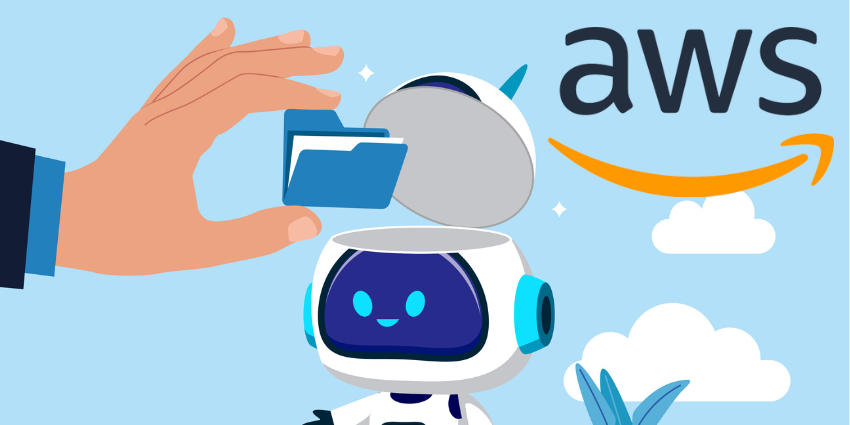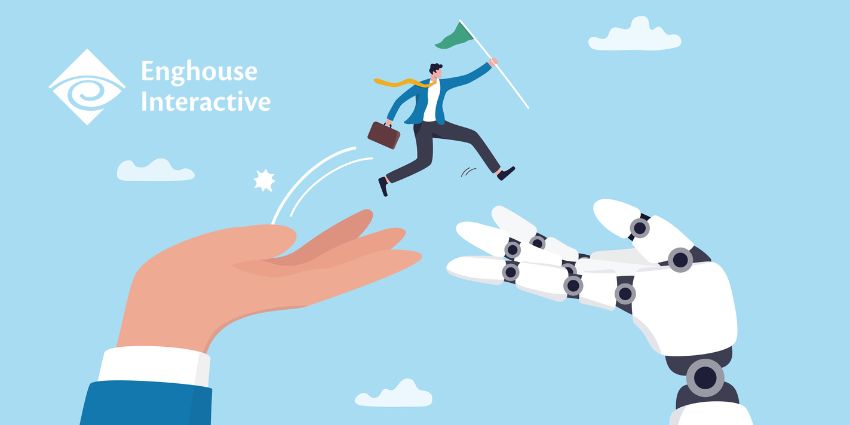AI is playing an increasingly significant role in customer service.
It’s assisting live agents, surfacing new insights, and – of course – automating interactions.
By 2029, Gartner predicts that AI agents will resolve 80 percent of customer issues.
Contact center providers are pushing this trend forward, launching their own AI agents and beckoning an era of human-AI hybrid workforces.
That’s a tantalizing prospect. However, many contact centers are struggling to turn vision into reality.
Siloed data, integration challenges, and limited IT resources have them stuck in the mud.
Yet, there’s another roadblock that often goes undiscussed: per-seat pricing.
The Limitations of Seat-Based Pricing
Seat-based pricing, either concurrent or named, is the go-to model for most CCaaS providers.
As the name suggests, it ties a contact center’s tech costs to their agent seat count.
It’s a simple approach. However, seat-based pricing has become increasingly misaligned with the realities of modern customer service operations.
There are several reasons for this:
- Inflexibility: With per-seat pricing, companies must predict their exact staffing needs, often leading to over-provisioning or scrambling to add licenses during peak periods. That problem will only worsen as increased contact automation makes forecasting more tricky.
- Penalizes Efficiency: As organizations strive to improve self-service options and reduce the need for human agents, they’re essentially penalized by having to maintain the same number of seats.
- Discourages Innovation: The focus on human agents discourages investment in AI and automation technologies that could improve customer experience and operational efficiency.
- Unpredictable Costs: Seasonal fluctuations and unexpected spikes in demand can lead to sudden cost increases or temporary lapses in service quality.
Given all these limitations, contact center providers have tried to find alternatives.
For example, some use subscription-based models. However, they’re also fixed in nature, meaning that contact centers can again pay for more than they use.
Some vendors also have different pricing models for AI functionality vs. core contact center functionality, using tokens or service credits on top of subscriptions. This makes forecasting even more difficult.
Outcome-based is another option. It ensures contact centers only pay for AI when it drives “success”. Yet, defining what that “success” looks like is a minefield.
There are also freemium models. These give away some beginner AI capabilities for free and others as part of a tiered pricing system. However, these tiers may not align with the contact center’s needs.
Additionally, outcome-based and freemium models overlay seat-based pricing for live agents. As such, the limitations listed above are still present; they have just softened.
Thankfully, there’s a better way: consumption-based pricing.
The Rise of Consumption-Based Pricing
Consumption-based pricing aligns costs directly with usage. That brings several advantages.
For starters, contact centers can easily scale up or down based on actual demand without long-term commitments or accurate forecasting.
As a result, they only pay for what they use, eliminating waste and improving budget allocation.
With costs tied to usage rather than seats, organizations are also incentivized to experiment and invest in AI to improve efficiency.
Finally, consumption-based pricing adapts to various use cases, from self-service to agent-assisted interactions, without requiring different pricing tiers.
That said, some may argue that consumption will fluctuate with seasonality, adding to volatility in contact center bills. That’s fair.
However, some brands are innovating on the consumption-based pricing model. AWS is perhaps the CCaaS provider that does this best.
Amazon Connect: Pioneering the Future of CCaaS Pricing
The next generation of Amazon Connect takes consumption-based pricing further by offering a unified price across all AI functionalities within a channel, reducing cost volatility.
In presenting this model to customers, AWS solves the pain points above and offers significant advantages. These include:
- Simplicity: A single price for all AI features within a channel eliminates the complexity of multiple pricing tiers and allows organizations to freely utilize the best tools for each scenario.
- Aligned Incentives: By charging based on usage rather than seats, Amazon Connect encourages organizations to optimize their customer service operations, whether through self-service, AI-assisted agents, or human interactions.
- Future-Proofing: As AI capabilities evolve, organizations can seamlessly integrate new technologies without worrying about additional licensing costs or technical debt.
- Comprehensive Solution: The bundle covers all aspects of customer service, from self-service to agent empowerment, conversational analytics, and forecasting, providing a holistic approach to CCaaS.
Gartner recognized the benefits of this pricing model when naming AWS a CCaaS leader in its latest Magic Quadrant study.
“Amazon Connect enables organizations to experiment with a variety of capabilities, including AI, GenAI, voice, chat, and self-service at a low cost without long-term commitments,” wrote the research firm.
“Its consumption-based pricing approach means clients don’t have to pay for unused capability or seats.”
As Gartner suggests, consumption-based pricing – particularly as implemented by Amazon Connect – represents more than just a pricing model; it’s a strategic enabler that aligns with the dynamic nature of modern customer service.
Embrace the Shift to Consumption-Based Pricing
Organizations that embrace the shift to consumption-based pricing will be in a better position to deliver exceptional customer experiences while optimizing their operations.
They can freely experiment with new AI capabilities, adjust their service mix based on real-time needs, and scale their operations efficiently without being hindered by rigid licensing structures.
Some vendors are delaying this transition, recognizing that – with consumption-based pricing – they’re under more pressure than ever to demonstrate their value and ROI.
AWS is not one of those providers. It also provides analytics to help brands link their CX investments directly to business outcomes, showing them what’s working and what’s not.
That’s critical. After all, the transition to consumption-based pricing isn’t just about cost savings—it’s about creating a future-proof foundation that supports continuous innovation and exceptional customer service delivery.
Enterprises that recognize and act on this fundamental shift in CCaaS pricing will be best equipped to thrive in an increasingly digital and AI-powered world.
Eager to learn more about Amazon Connect’s AI and pricing? Visit AWS.







